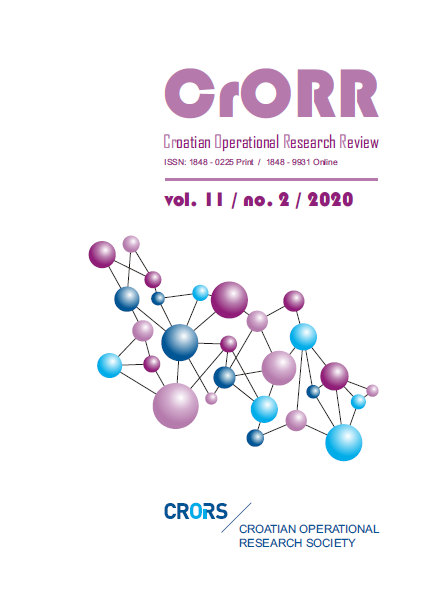Extended RFM logit model for churn prediction in the mobile gaming market
Abstract
As markets are becoming increasingly saturated, many businesses are shifting
their focus to customer retention. In their need to understand and predict
future customer behavior, businesses across sectors are adopting data-driven
business intelligence to deal with churn prediction. A good example of this
approach to retention management is the mobile game industry. This business
sector usually relies on a considerable amount of behavioral telemetry data
that allows them to understand how users interact with games. This
high-resolution information enables game companies to develop and adopt
accurate models for detecting customers with a high attrition propensity.
This paper focuses on building a churn prediction model for the mobile
gaming market by utilizing logistic regression analysis in the extended
recency, frequency and monetary (RFM) framework. The model relies on a large
set of raw telemetry data that was transformed into interpretable
game-independent features. Robust statistical measures and dominance
analysis were applied in order to assess feature importance. Established
features are used to develop a logistic model for churn prediction and to
classify potential churners in a population of users, regardless of their
lifetime.
Downloads
Published
Issue
Section
License
- Authors retain copyright and grant the journal right of first publication with the work simultaneously licensed under a Creative Commons Attribution License that allows others to share the work with an acknowledgement of the work's authorship and initial publication in this journal
- Authors are able to enter into separate, additional contractual arrangements for the non-exclusive distribution of the journal's published version of the work (e.g., post it to an institutional repository or publish it in a book), with an acknowledgement of its initial publication in this journal.
- Authors are permitted and encouraged to post their work online (e.g., in institutional repositories or on their website) prior to and during the submission process, as it can lead to productive exchanges, as well as earlier and greater citation of published work (See The Effect of Open Access).


